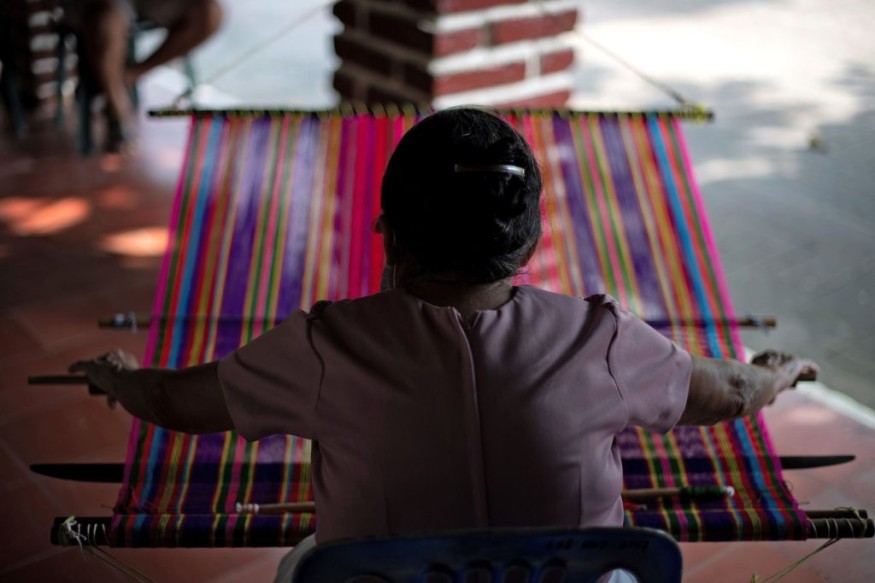El Salvador Culture: What It Looks Like Living in the Central American Nation

El Salvador is a Central American country found between Guatemala and Honduras, with mountains separating the country into the southern coastal belt.
El Salvador culture is composed of a combination of Indigenous and Spanish influences shown in food, language, customs, and religious beliefs, according to Every Culture. During colonial times, Indians were at the bottom of the social hierarchy and were subjected to massacres and exploitations well into the 20th century.
El Salvador's population is now composed of 97 percent "mestizo." However, those who have more Indigenous features face some discrimination and are often called to use derogatory terms such as "Indios" or "negros."
El Salvador People and Language
Almost nine-tenths of the population is mestizo, with the remainder consisting of Indigenous peoples such as Izalco, and from the village of Panchimalco, the Pancho. People of European ancestry and other small groups are also included in the population of El Salvador.
Britannica noted that Spanish is the official language of El Salvador. During pre-colonial times, various Indigenous dialects were spoken, with the most significant among those being Nahuatl, which is spoken in the central region of the country.
In the east, Poton is the spoken dialect. However, Spanish became the official language after the initial conquest, and the Indigenous dialects slowly fell into disuse.
El Salvador's government tried to preserve the Nahuatl dialect but was found unsuccessful.
As for religious beliefs, half of the Salvadorans are Roman Catholics. By the 2010s, more than one-third of Salvadorans were Protestants. There are also smaller groups who practice other faiths.
The cultural mix of Indian and Spanish influences can also be seen in El Salvador's tradition of folklore, poetry, and painting.
The Roman Catholic Church also has been a major influence on almost every aspect of cultural life.
El Salvador Culture and Food
The most significant cultural institutions of the country are the state-supported National Theatre and the Presidential Theatre.
The presidential theatre also offers performances of works by contemporary playwrights.
El Salvador's national dish is called pupusa, which is a stuffed grilled tortilla. It is made of dough, which can be prepared with mashed corn or rice. The common stuffing of pupusa is cheese or a combination of cheese with mashed pork cracklings and/or mashed beans.
Country Reports noted that pupusa can also have other stuffing such as cheese with mashed hard squash. It is usually eaten for dinner or for breakfast.
It is reported that the usual symbols of social stratification show in the rich having more access to American goods and usually dressing like Americans. In addition, it is believed that they have access to education at home and abroad and often speak English.
The poorest 20 percent in the country receive only two percent of the national income, whereas the richest 20 percent receive 66 percent.
About half of the population lives below the national poverty line and is able to buy food but not clothing and medicine. In addition, 47 percent of the country does not have access to clean water.
READ MORE : El Salvador Travel: Best Tourist Attractions to Visit as the Central American Country Sees a Tourism Boom
This article is owned by Latin Post.
Written by: Mary Webber
WATCH: El Salvador History Documentary | From Lenca to President Funes - from Discovery History
Subscribe to Latin Post!
Sign up for our free newsletter for the Latest coverage!

















